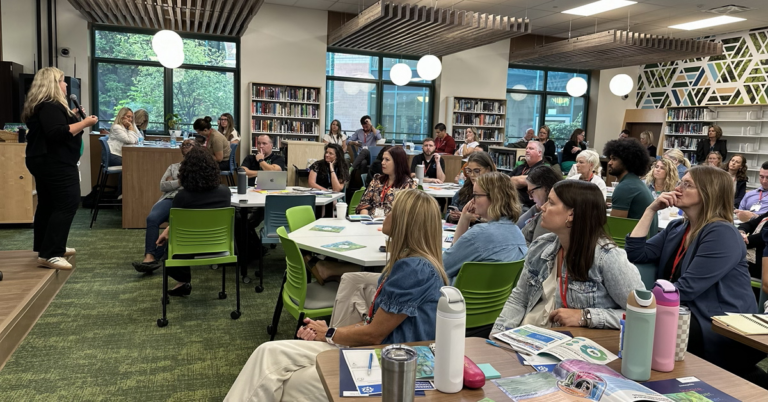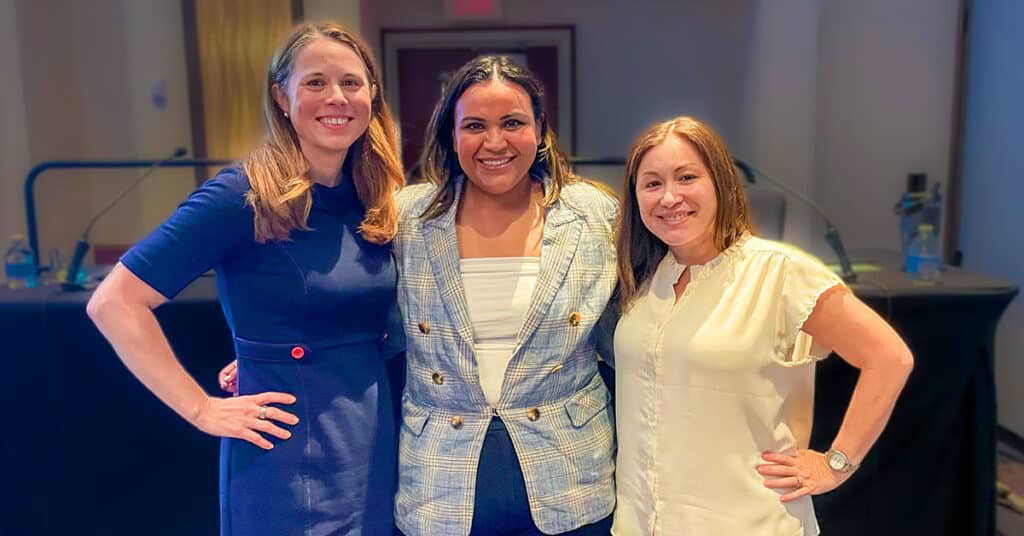
At the 2024 ECS National Forum, I sat down with Brenda Calderon, Ph.D., Chief of Staff for the U.S. Department of Education’s Office of Elementary and Secondary Education and Amalia Chamorro, Director of the Education Policy Project at UnidosUS for a panel on innovating assessment through federal and state partnerships. We discussed ways states can maximize the current policy environment to design assessments that are more meaningful and actionable. Here are highlights from that conversation and from audience members leading assessment innovation.
What is driving the demand for better assessments? Here’s what research shows.
The traditional K-12 education system is plagued with challenges that range from chronic absenteeism to a readiness gap underscored by worrisome ACT scores and postsecondary remediation rates that top 65% in math and 42% in writing.
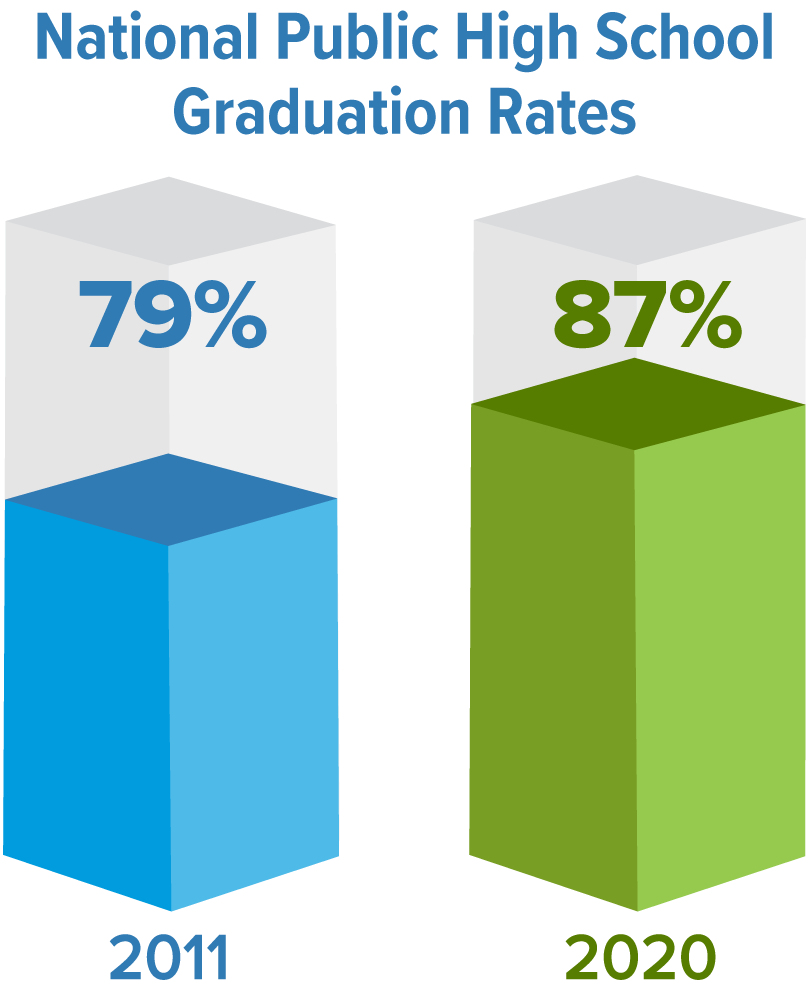
From 2010-11 to 2019-20, public high school students’ national adjusted cohort graduation rate increased from 79% to 87%.
National Center on Education Statistics
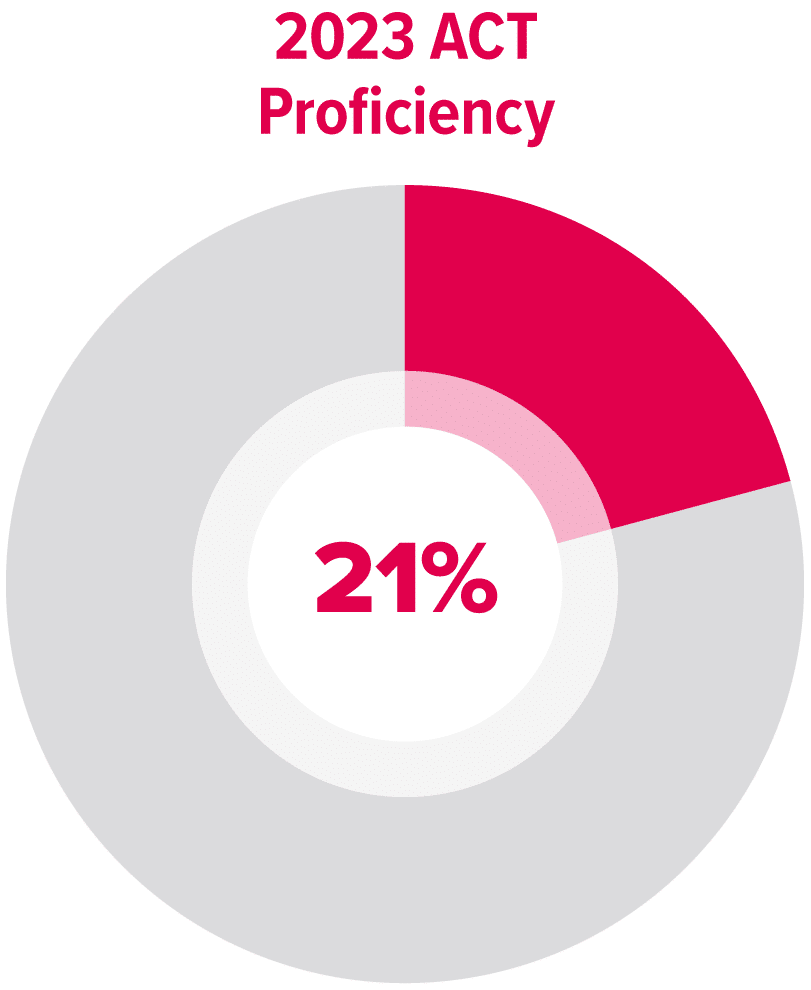
In 2023, only 21% of students taking the ACT showed proficiency in all four content areas covered by the college entrance exam.
ACT Grad Class Debates 2023
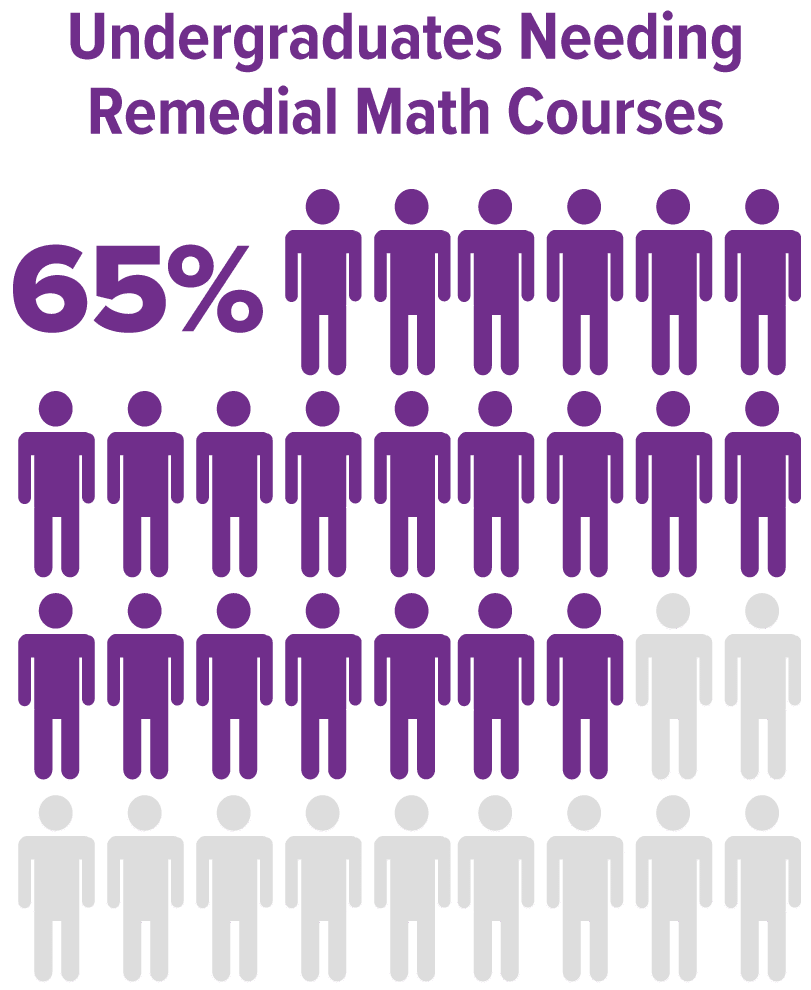
In 2020, 65.4% of first-year undergraduate students took a remedial course in math, and 42.1% did so in reading or writing.
EdWeek: “High School Students Think They Are Ready for College But They Aren’t,” February 2024
This reality is fueling interest in student-centered approaches, such as personalized and competency-based learning, that show great promise for addressing these challenges. Their success, however, depends on new ways of assessing learning that emphasize real-time data, student choice and deeper learning focused on mastery of academic knowledge and skills.
UnidosUS and the National Urban League launched a Broadening Perspectives project to learn from students and their communities about their experience with K-12 assessments. Students shared the following reflections on what is not working, in hopes of inspiring a better path forward.
- Assessment bias, where students can’t relate to content or narrative of questions, prompts or problems
- Test anxiety that students feel, in which pressure from adults largely contributes
- General lack of understanding about the purpose of assessments
- Feeling that they need to do well on assessments, and if they don’t, it would limit opportunities for advancement
Fortunately, the desire to design education systems that are meaningful for students has led communities across the country to redesign assessment systems. Promising trends include innovations that attempt to return assessment results in a timely manner to inform instruction, are embedded in the curriculum, center student choice and identity in ways that are culturally responsive and include performance tasks to drive deeper learning.
Overcoming obstacles to assessment innovation implementation
With the understanding that federal requirements are often cited as barriers to assessment innovation, the U.S. Department of Education (US ED) is working to partner with states to pilot promising ideas. After conversations with states and assessment partners, the USED issued guidance in November 2023 to make improvements to the Innovative Assessment Demonstration Authority (IADA) program. Shortly after, US ED aligned the application for the Competitive Grants for State Assessment (CGSA) program with competitive priorities for student-centered designs and planning support for states interested in applying for IADA. US ED recognizes that some of the obstacles states face include the lack of technical assistance and funding. Dr. Calderon encouraged states to reach out with their ideas, emphasizing a commitment from US ED to work together to get to bring these ideas to fruition.
Other innovation obstacles elevated during the panel included:
Funding: It is costly to build a new assessment while administering the old assessment. Federal formula funding is only enough to maintain the current system, and while there are more competitive grant dollars in recent years thanks to increases in the CGSA program, it still falls short of what is needed to support assessment innovation nationwide. To address these concerns, US ED recently raised the cap of $3 million to $4 million for these grants to help with this challenge and is in the process of securing new national comprehensive centers to provide technical assistance to help states. Dr. Calderon recommendations States apply for future competition of the CGSA, if they did not receive an award in previous cycles. Such funding can seed and support updating innovative assessment systems.
Comparability: States seeking to improve state summative assessments in reading, math or science, can apply to pilot new approaches through the federal IADA program. While Congress intended for this to be a sandbox to test and explore new ideas, many have found the requirement that assessments demonstrate comparability to previous state tests stifling for innovation. The federal guidance referenced above was an attempt to help address this obstacle.
Deeper Learning: Assessment designs that emphasize deeper learning face specific challenges in meeting federal technical requirements. For example, the requirement to cover the full breadth of the state standards makes it challenging to focus on depth without making the assessments extremely long. For this reason, many states are looking outside of federally required subjects to design assessments that measure higher-order thinking skills.
Reform Fatigue: Educators can feel reform fatigue, with either whiplash from constant top-down changes, or the weight of a seismic shift. Careful attention is needed to co-create assessment solutions with educators to build trust and elevate the quality of implementation.
Your Why: The unknown. It’s easier to keep doing what we’ve been doing. And it can be hard to envision what could be. Know the outcomes your learning community wants and how you might measure them. One of the most inspiring movements in K-12 education is the development of portraits of a graduate that specify the academic knowledge and skills all graduates must have to ensure readiness for college and career. These portraits have inspired conversations in states and districts about how to align assessment to measure the things that communities value. Some of these changes are emerging in state graduation requirements with authentic assessment experiences like student capstones and performance tasks.
Technology: Technology has expanded what we can do with assessments, and there’s opportunity for growth and automation. However, there are many unknowns that must be explored to ensure we design assessments that are ethical and responsible.
Evaluating Innovation: When implementing assessment innovations, we need to evaluate them. Do these methods work? Do they lead to changes we want to see? Are students engaged, leading to better outcomes? The real challenge is to not just innovate, but also evaluate the innovations. This must be funded and prioritized and there must be flexibility to make adjustments mid-course based on what we learn.
Bright spots
Federal CGSA Awards: US ED announced nearly $30 million in funding to 10 states. This year, the CGSA competition prioritized better understanding student academic achievement using multiple, high-quality measures; piloting assessment systems that are more customized and personalized (including competency- and technology-based assessments); supporting effective instruction and building educator capacity through the development of high-quality assessments of student learning; and helping parents and families better understand and use assessment data to support their child’s education. During the 2022 competition, 16 states applied, with 10 states receiving 11 awards. States now see CGSA as a viable funding source to support innovative ideas and insights from this work are influencing federal dialogue about what is possible for K-12 assessments.
Montana: “We cannot be afraid,” said an audience representative from Montana. “We cannot sell out our kids. We’re innovating because the kids are priority. It’s important for us to take that leap of faith, in the space of innovation.” The state worked hard to secure a waiver from the US ED to develop a new assessment system without double testing students. Montana is using a through-year assessment model that attempts to preserve educator autonomy over the scope and sequence of the curriculum. The assessment aims to let teachers administer flexible, mini tests on a group of standards when students are ready to demonstrate mastery.
Massachusetts: Despite scoring top of the nation on standardized assessments, the state recognized that instructional practices had shifted away from deeper learning in favor of strategies to maximize assessment results. This was particularly evident for historically marginalized yet resilient learners in the state. To counter this, the state received a pilot through the federal IADA program to build a performance-based science assessment – a computer simulation that engages students to conduct experiments and analyze data. The state plans to satisfy federal requirements to demonstrate comparability of the new assessment by administering a mini standardized assessment that meets minimum federal requirements.
Kentucky: The state is attempting to boldly tackle assessment and accountability together – recognizing how intertwined the two have begun in K-12 education. A radically inclusive Kentucky United We Learn Council is driving the work, made up of diverse stakeholders with lived experiences navigating assessment and accountability systems. They are learning from local districts that are piloting new approaches to school quality as they design a new approach for the state that is responsive and meaningful. The Kentucky Portrait of a Learner is key to rebalancing assessment and highlighting 21st century skills for all learners. “We want learning for all learners,” said Lu Young, vice chair of the Kentucky State Board of Education.
Louisiana: Through the federal IADA program, Louisiana is piloting a compelling assessment that aims to eliminate the bias that occurs when students lack background knowledge or experiences that would make them unfamiliar with concepts in the text. The state’s curriculum-embedded assessment design, which ensures students are exposed to content before the test, hopes to close the achievement gap.
Washington: The state is beginning to credential and support more culturally relevant, performance-based assessment. For example, the state and partners are implementing a Native language revival program and Canoe Journey program and curriculum in partnership with the state parks.
Anaheim, California: The Anaheim Union High School District is looking for ways to improve instructional practices, prevent teaching to the test, and embrace the whole student. As such, the district is piloting assessment strategies, including capstones based on student interest, e-portfolios and work-based learning programs. UC Irvine has partnered to evaluate the impact of these different assessment approaches.
With so many promising examples emerging across the country, there is no time like the present to explore improvements to K-12 assessments. Insights from this work will shape national discourse, inspire new ideas and inform future federal and state education policy frameworks. We can do this together. As this panel suggests, the federal government, national civil rights organizations and leaders in student-centered learning are ready to partner in this charge.

